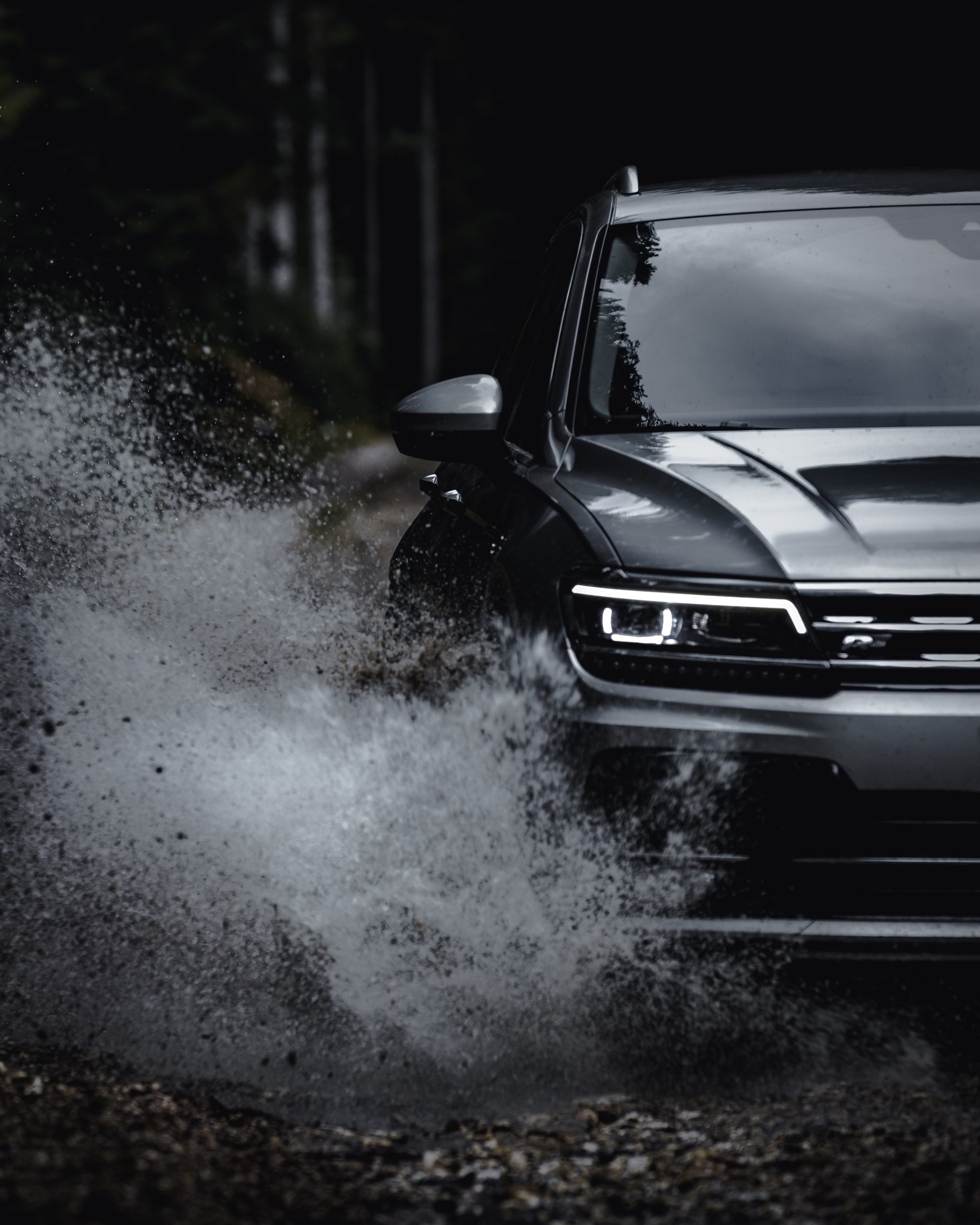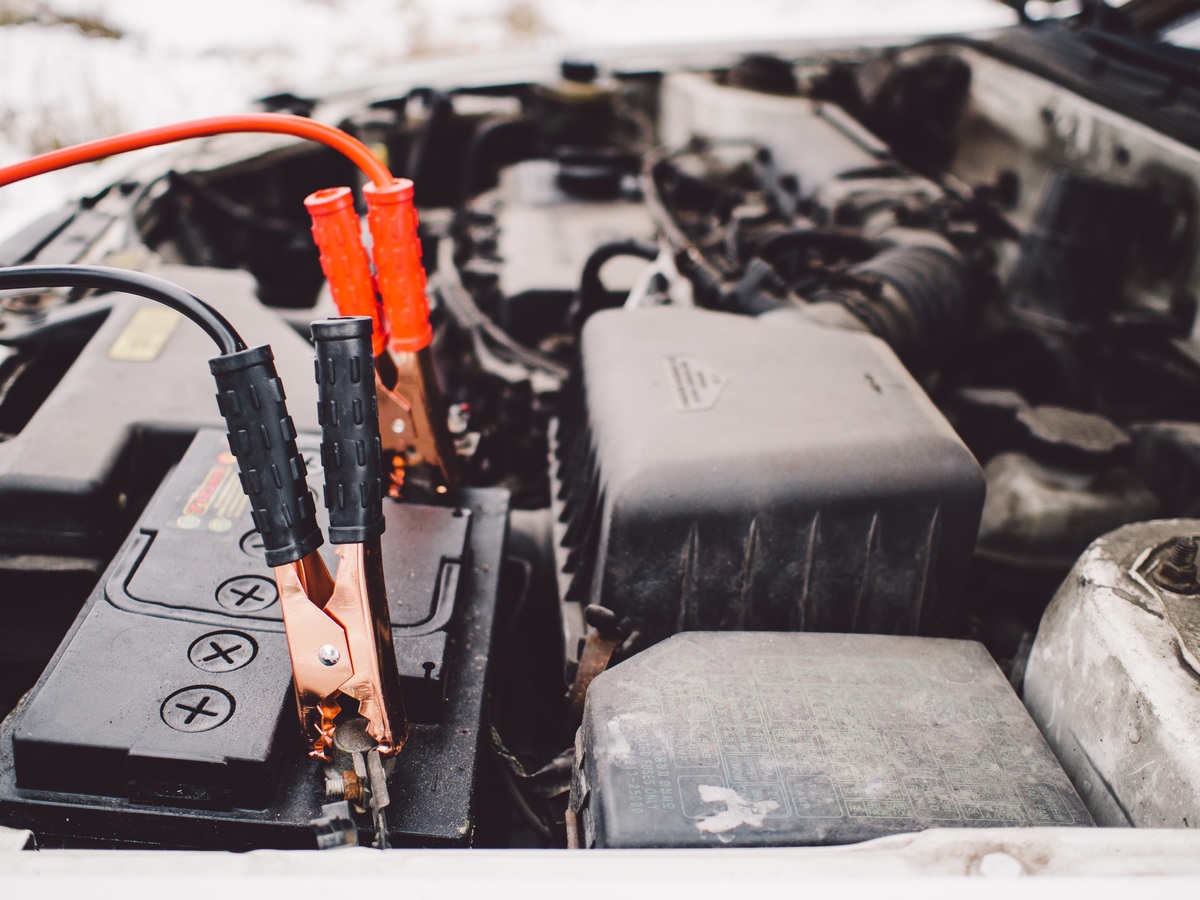Water Puddles: A Hazard To Your Car
By H&H Admin
With the current weather pattern of frequent rain, keeping your vehicle safe from water damage has become a very important consideration for motorists.
With the current weather pattern of frequent rain, heavy down pours and flooding around large parts of the country, keeping your vehicle safe from water damage has become a very important consideration for motorists.
The problem is exacerbated by sizeable puddles of water forming over the roads due to ineffective storm water drains not draining effectively and insufficient road maintenance.

“Not only does this present a road safety hazard, but the water can be equally hazardous to your car,” says Dewald Ranft, Chairman of the Motor Industry Workshop Association (MIWA), a proud association of the Retail Motor Industry Organisation (RMI).
Ranft says possible damage from water can impact a number of different components in one’s car ranging from your engine control unit (ECU) to gearbox control unit. Water can enter the electronic components and cause the engine to stall. This presents a danger to the driver if he/she is left stranded on the road.
Excess water can also impact a car’s air cleaner intake which is usually fitted low on a car. “This presents a great risk as taking in excess water can damage the car engine. Water sucked into engine can cause hydro lock. This will destroy the inner working of the vehicle engine at great cost to the driver.”

One also has to watch out for seemingly insignificant if parking a car outside. “It is important to drain under the windscreen wipers as they can become blocked due to leaves and twigs. If left unattended, the debris could lead to damage to the engine ECU as water can enter the ECU (engine control unit) and/or the gearbox control unit. As a result the car can stall leading to expensive repairs. “It can be easily avoided with regular maintenance like cleaning cowl panels and water draining systems,” says Ranft.
In order to prevent damage motorists should follow the following guidelines:
- Never drive too fast into a pool of water if you are not sure of the depth of the puddle. This can lead to the vehicle being damage or even being totally flooded with water. Dangerous aquaplaning is also a risk and can cause the driver to lose control.
- Avoid fast-flowing low water bridges. Fast flowing water over low water bridges as little as 6 inch can sweep a vehicle downstream.
- Be alert for hidden potholes covered by water which can cause damage to the vehicle rims, tyres and alignment.
- Always drive with your headlights on when it is raining to make your vehicle more clearly visible. In heavy rain or misty conditions it may even be necessary to switch hazard lights on to be more visible
- Never speed in the rain. Drive slowly and maintain additional following distances.

Remember: It doesn’t take much water to cause a car to stall, particularly as is can be difficult to gauge how deep the water actually is.
Depending on the conditions, it could be difficult to tell how deep the water actually is and almost impossible to detect if there isn’t a pothole lurking under its surface. It is best to approach any amount of water with caution.
Source: MIWA / Retail Motor Industry


